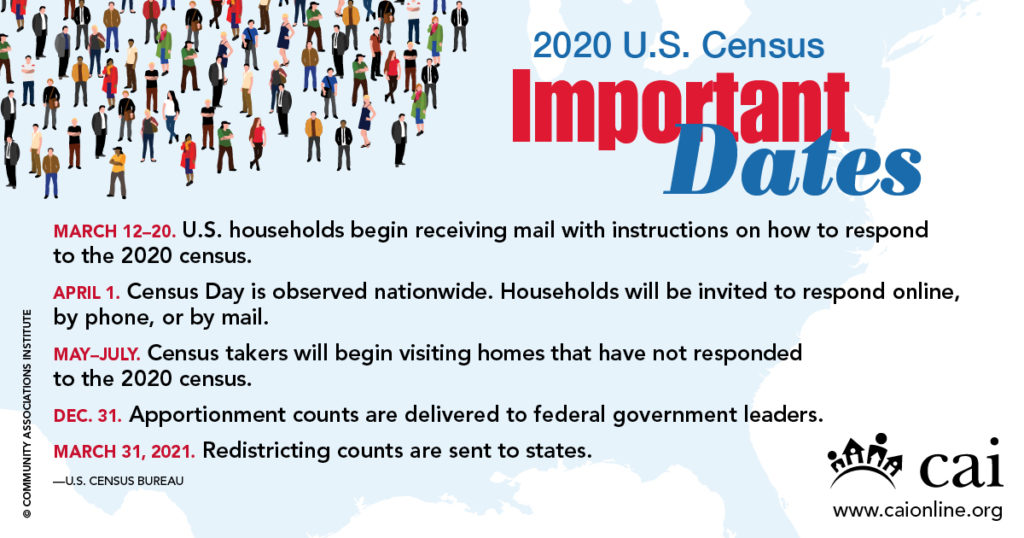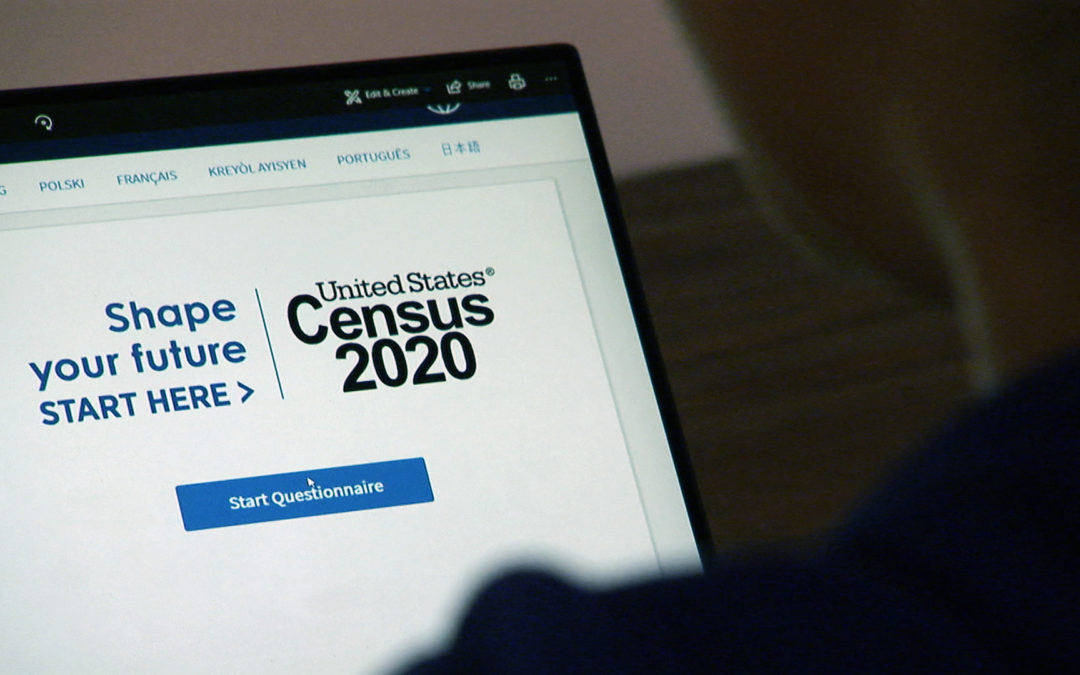Data collected in the 2020 census will drive decision-making, political representation, and economic development across the U.S. The results also can help community associations decide how to allocate expenses for capital improvement projects and determine which social events lead to greater engagement with homeowners.
“For us, (the census data) is a gold mine to know how to change our community for the benefit of our residents” and increase property values, says Jan Porter, general manager at Peccole Ranch Community Master Association in Las Vegas.
By looking at the demographics in the community, the association is better able to determine which amenities will be the main draw for new homeowners, coordinate activities, and establish programs that maintain residents’ interests, she adds.
A constitutionally mandated decennial census has served as the official count of the U.S. population since 1790. Responses not only give a detailed statistical view of the demographic makeup of the country, but the data also are used to determine the changing needs of communities—making it paramount that an accurate count of each household is achieved.
As Census Day (April 1) draws nearer, the U.S. Census Bureau has prepared multiple resources to assist the population in responding to the census, such as guides in more than 40 languages to help residents answer the questionnaire as well as materials for people who are deaf, visually impaired, or have limited mobility. Most households will begin receiving an invitation in the mail with instructions on responding to the census between March 12–20.
For the first time in its 230-year history, the census will give U.S. residents the option to fill out the questionnaire online if they choose not to submit responses by mail or phone. Online responses will allow the Census Bureau to reduce the average number of worker visits to households and obtain data from increasingly mobile groups as well as hard-to-count populations. The agency has assured that the responses it collects are confidential and can only be used to generate statistical data.
Community associations can play an important role by encouraging residents to respond to the 2020 census through newsletter articles, website content, and bulletin board posts. Board members and community managers should encourage residents to answer the questionnaire online to reduce in-person follow-up from census takers starting in May, says Dawn Bauman, CAE, CAI’s senior vice president of government and public affairs.

Porter says Peccole Ranch established an operational procedure for Census Bureau staff to submit a request before granting access to its 19 neighborhoods for in-person follow-up. The association is requiring that census takers maintain visible identification at all times while inside the community as well as to check in by phone daily with the community services patrol. Denying access to Census Bureau workers could result in a $500 fine.
Is your community association prepared for the 2020 census? Find information on how to respond, the importance of participating, privacy, and security by visiting www.2020census.gov.
>> Read more about why the 2020 census matters to you and your community in an article from the March/April 2020 issue of CAI’s Common GroundTM magazine.


